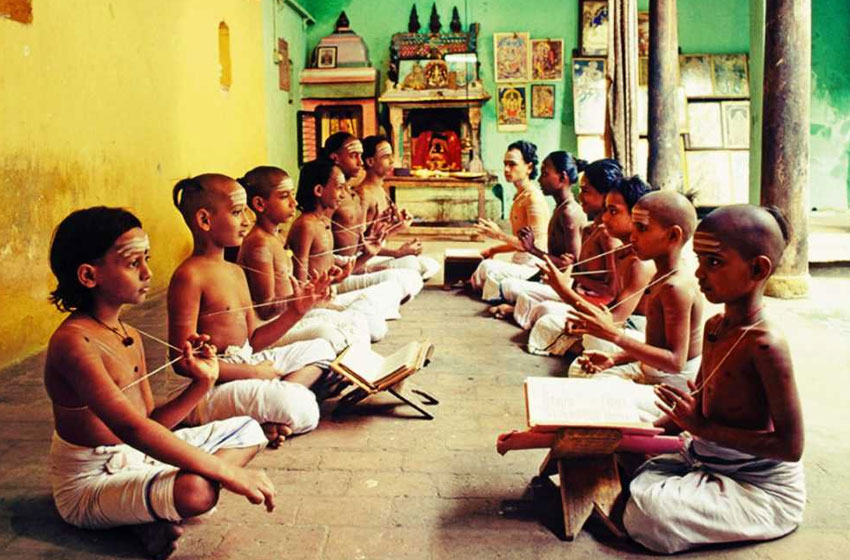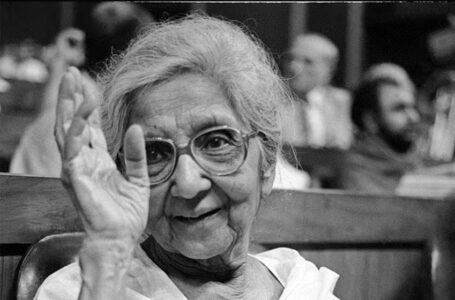The Linguistic Oasis – Inside India’s Sole Sanskrit-Speaking Village

In a world where technology and globalization are rapidly erasing cultural borders, there exists a village in India where time seems to have paused, at least linguistically. Mattur, a small village in the southern state of Karnataka, is an anomaly that captures the imagination – not just because it has retained its traditional roots, but because it’s India’s only Sanskrit-speaking village. For Australians interested in ancient cultures, linguistic preservation, and the paradoxes of modernity, Mattur offers a unique lens into how the past can co-exist with the present.
A Legacy Preserved
Sanskrit, a classical language that dates back thousands of years, is often considered the mother of several Indo-European languages. Yet, it’s primarily seen as a language of ancient scriptures and religious chants, seldom spoken in daily life. Mattur, however, defies this stereotype. Here, Sanskrit is the lingua franca, used in markets, schools, and homes. It’s a living, breathing part of the community’s identity.
A Model of Coexistence
What makes Mattur even more fascinating is that this Sanskrit stronghold is not averse to modernity. The village boasts a high literacy rate, and many residents are software professionals, engineers, and doctors. Sanskrit coexists with modern science and technology, embodying a harmony between tradition and progress that is rarely seen today. For many in the village, Sanskrit is not just a language but a philosophy that shapes their worldview.
The Australian Connection
At first glance, the story of Mattur may seem distant and unrelated to Australian concerns. However, consider our own struggles with preserving Indigenous languages and cultures. Mattur’s success in maintaining its linguistic heritage offers an inspiring model for cultural preservation, showing that language and modernity don’t have to be at odds. It challenges Australians to consider how we can better integrate traditional Indigenous languages into the fabric of our contemporary society.
The Challenges and Triumphs
Yet, the story of Mattur isn’t all rosy. The village faces its own set of challenges, from the younger generation’s migration to cities to the waning interest in Sanskrit among urban Indians. But Mattur has shown resilience and adaptability, employing various methods to keep the language alive, such as Sanskrit workshops, cultural programs, and even leveraging social media platforms to spread awareness.
Mattur isn’t just a quaint village stuck in the past; it’s a dynamic community that has made a conscious choice to preserve its linguistic heritage while embracing the opportunities of the modern world. As we in Australia grapple with the complexities of cultural preservation in an ever-globalizing landscape, the story of Mattur serves as a compelling example of how tradition and progress can not only coexist but also enrich each other in surprising ways.
In a world quick to abandon the old for the new, Mattur stands as a testament to the enduring power of language and culture. It beckons us to pause and ponder what we might be leaving behind in our relentless march towards the future.







